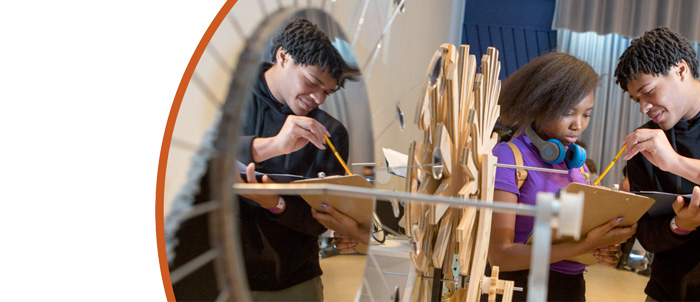Promoting science motivation and learning through instructional support of curiosity
Effective Years: 2022-2027
This project will explore how to promote students’ curiosity as a way of supporting science learning. Students’ interest in science significantly relates to their science performance, but few list it as their most interesting subject. One way to promote interest in science and to make learning and teaching more enjoyable is to support students’ curiosity. In addition to its importance to motivation and innovation in STEM areas, curiosity has been shown to lead to learning that more personally meaningful and better remembered. Curiosity can be momentary, including the recognition that there is something specific to be learned and the desire to seek that specific information at that particular time, but it can also be developed as a stable characteristic of comfort with uncertainty and a general inclination to seek out what is unknown and can be learned. This research project will study how curiosity develops, the ways that classroom learning experiences influence curiosity, and how curiosity can be taught so as to support STEM learning. It will include a series of lab experiments and classroom-based studies with 2nd grade students. The project will also involve an extensive education and teaching component in which undergraduate students will be mentored in research methods and K-12, university, and museum instructors will be mentored on what, according to research, are the best teaching practices for inspiring curiosity. The project is funded as a CAREER award from the EHR Core Research (ECR) program, which supports work that advances the fundamental research literature on STEM learning, with co-funding from the Discovery Research PreK-12 (DRK12) program, which supports applied research in STEM learning.
Few research studies on curiosity and information have been conducted with children and even fewer have been conducted in real-world school contexts. This research will entail a series of lab experiments and classroom-based studies exploring the influence of learning experiences on 2nd grade students’ academic curiosity and the association between curiosity and engagement, motivation, and learning. The studies will address the following aims: 1) Understand how to create curiosity by assessing how learning experiences influence students’ curiosity to learn; 2) Explore what curious classroom learning looks like by testing the associations between curiosity and engagement and motivation to learn in classrooms; and 3) Investigate learning from curiosity by testing whether learning when curious leads to more robust understanding and transfer. The work will build on on-going correlational research on curiosity and learning and attempt to draw causal links though a treatment condition design. The development and validation of measures of curiosity and of children’s preference for uncertainty for use in real-world settings promises to be of benefit to other researchers in the field. In addition, the project will involve an assessment of the alignment of findings about how to foster curiosity with university-level teaching practices, including studies of long-term impacts of curiosity in college students. The educational integration will be done in partnership with the university’s Center for Teaching Excellence, a local children’s museum, educators across domains, and student researchers. What is learned from this research can help to identify ways of sparking students’ momentary curiosity during instruction and ways of creating a classroom climate that supports more stable curiosity to develop learners who continue to seek out new things to learn across STEM subjects.
This award is funded in whole or in part under the American Rescue Plan Act of 2021 (Public Law 117-2).
This award reflects NSF's statutory mission and has been deemed worthy of support through evaluation using the Foundation's intellectual merit and broader impacts review criteria.




